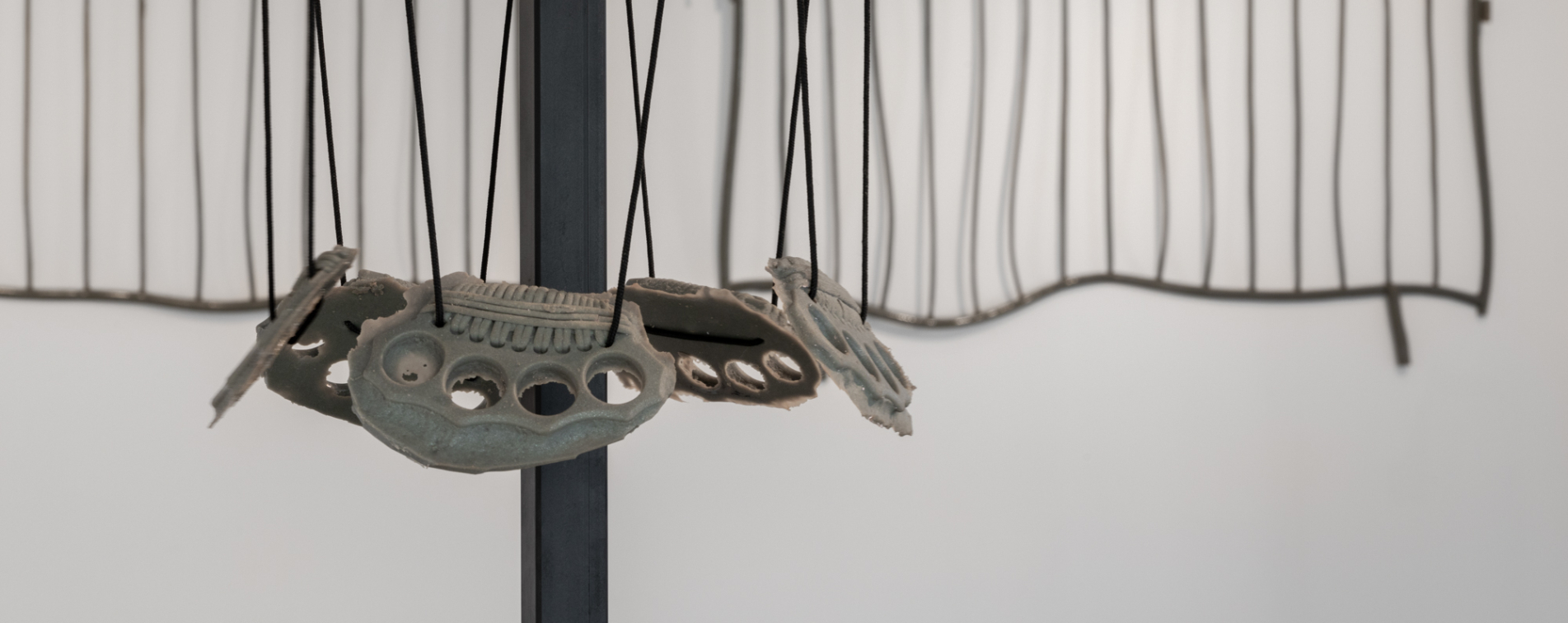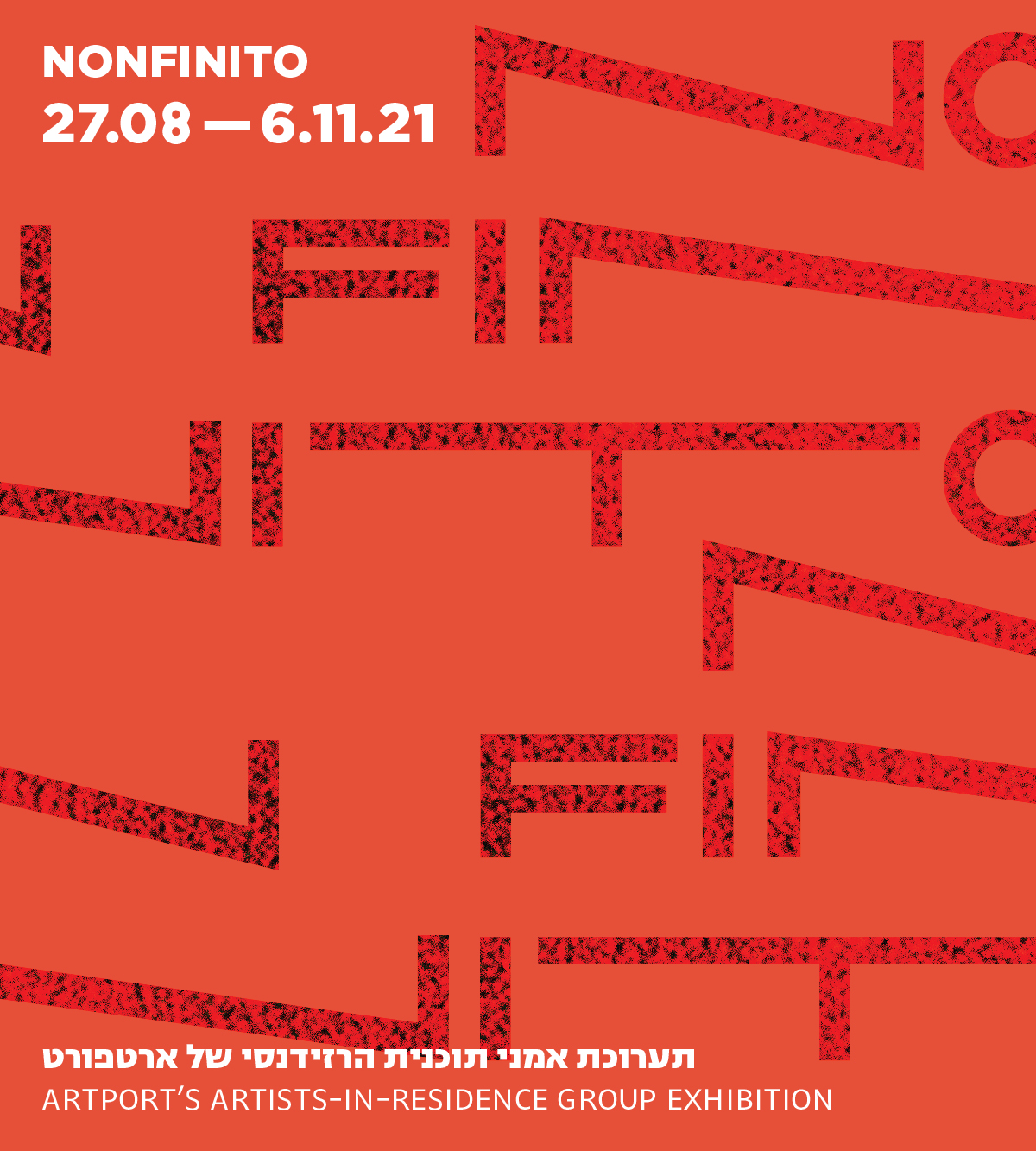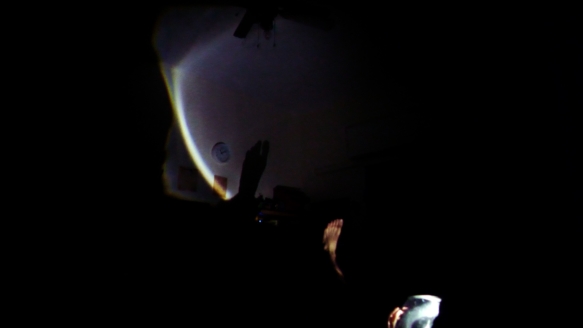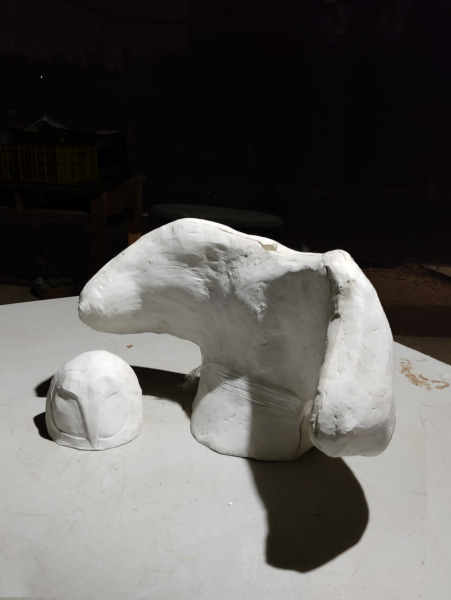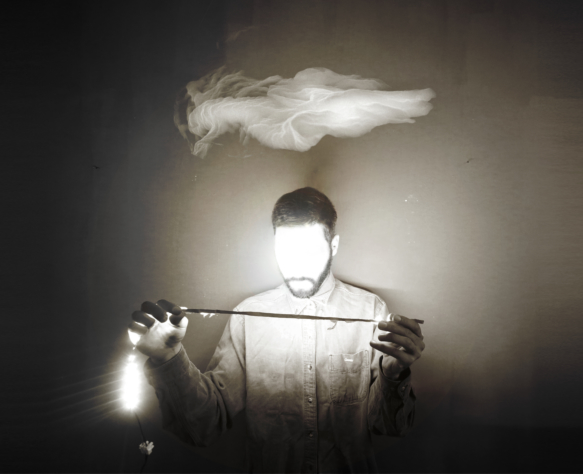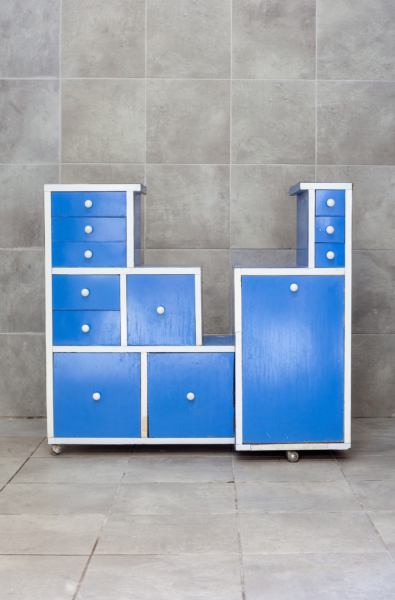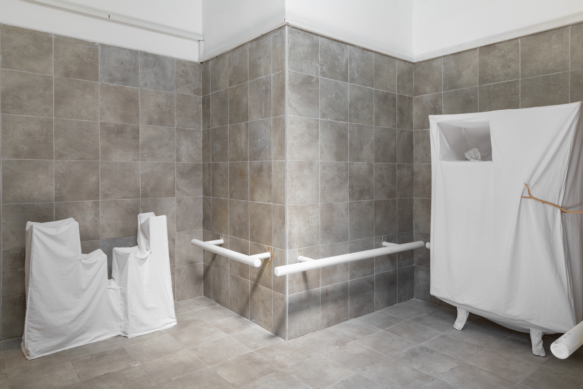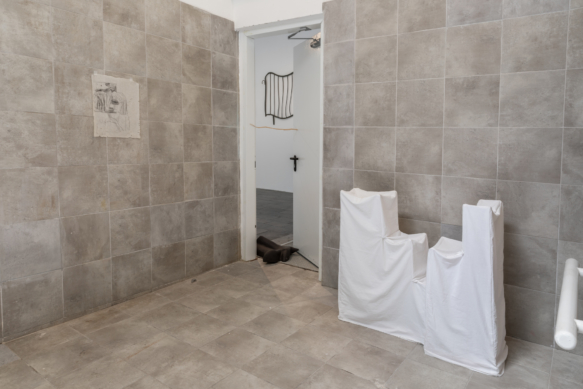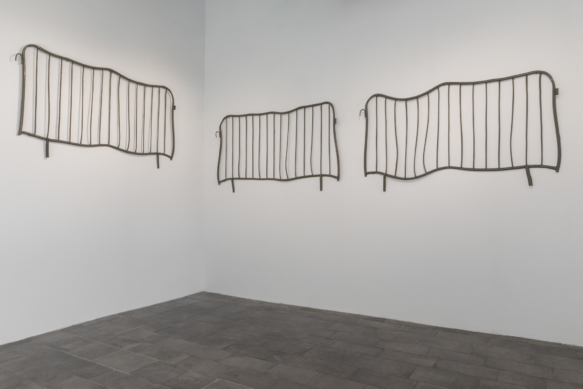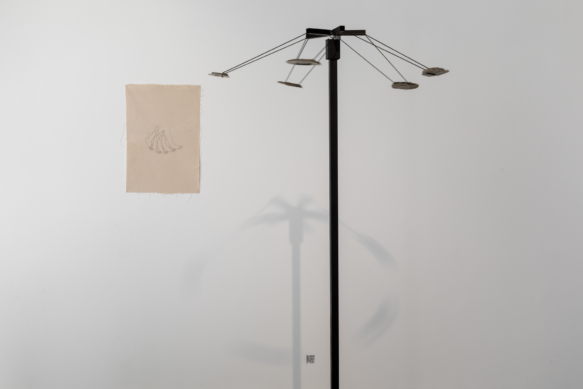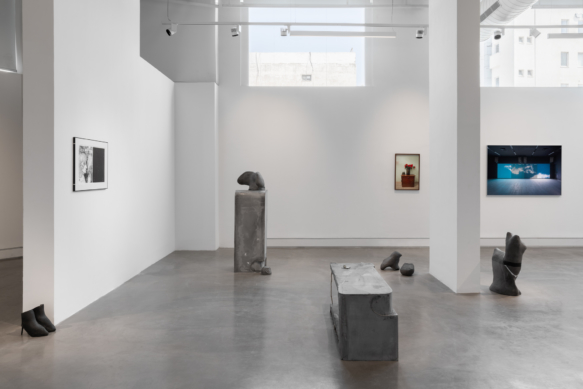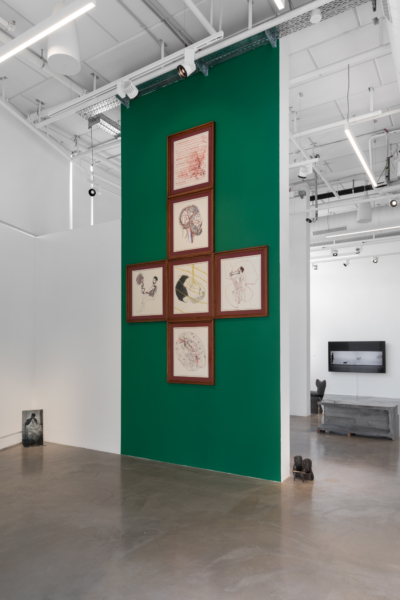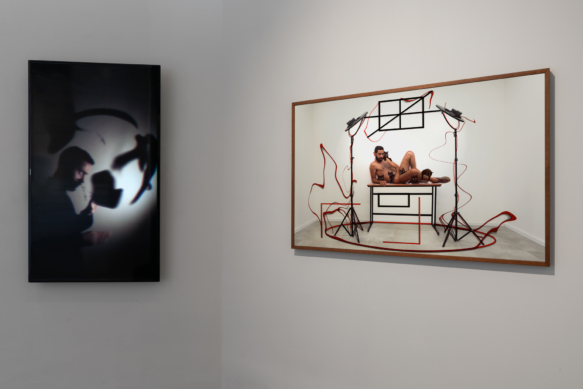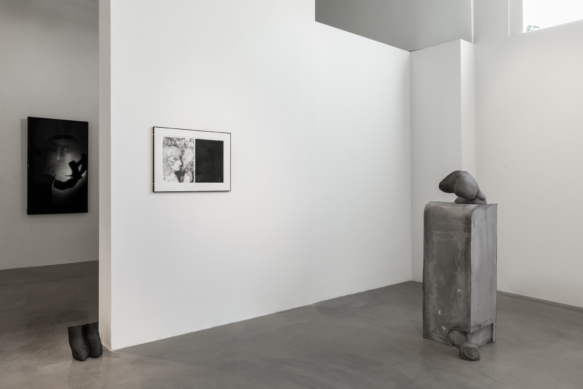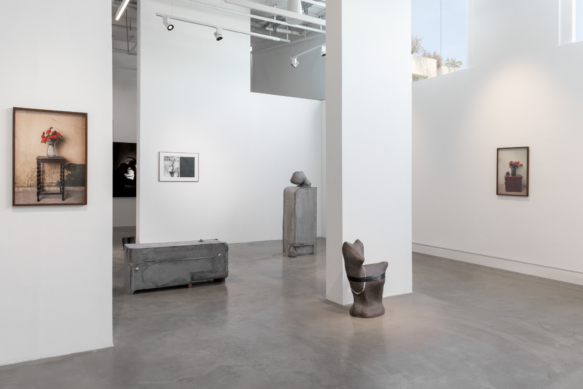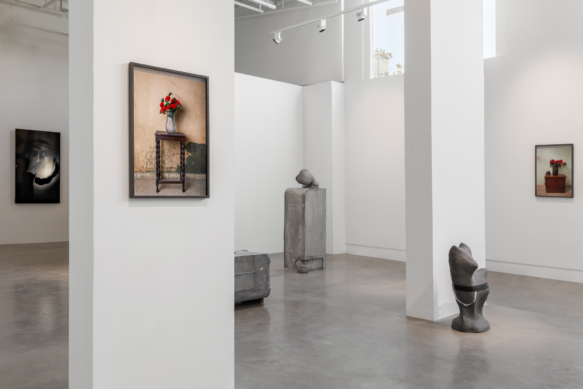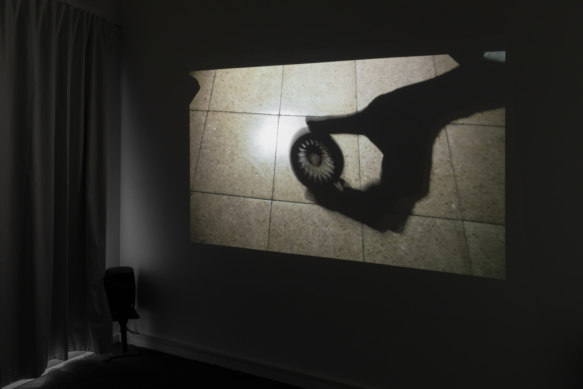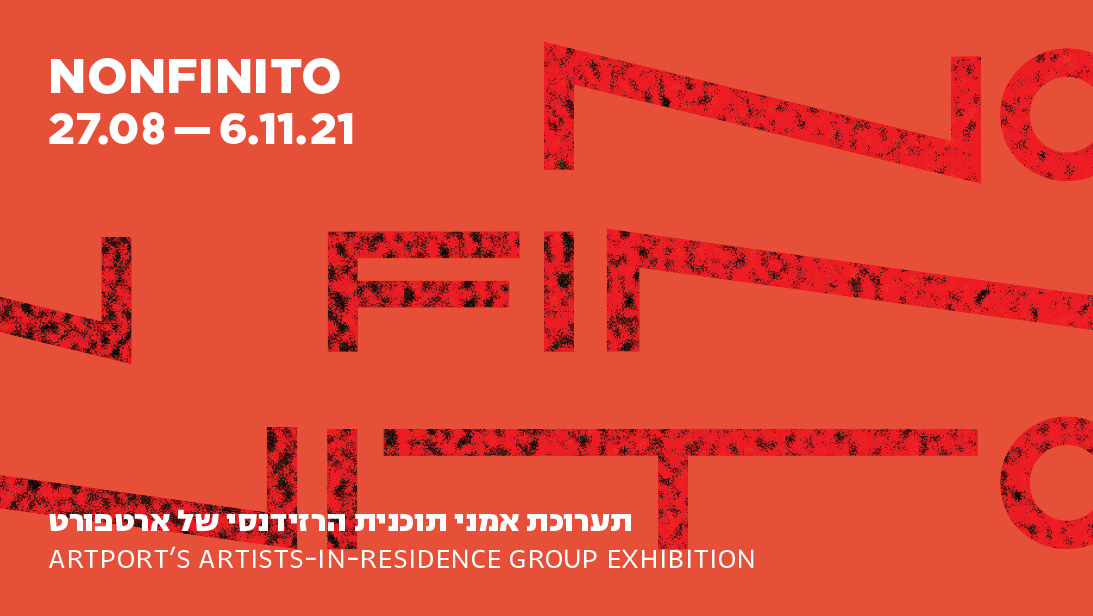A spirit of deceptive presence inspires the exhibition “NonFinito 2021”; a sense of a reality that is difficult to grasp, of things that are here one moment, and a moment later are gone. To a large extent, this is the spirit of the whole period. Artport’s annual residency program began between lockdowns and continued into them; all the while trying to understand the possibilities and the difficulties, and to provide some stability in a world that was gradually losing it.
But the stormy winds could not help but slip in. The feelings of uncertainty that accompany us all, the illusions of presence and the illusions of reality, can be found in most of the works in the exhibition. The weight that transience has gained this year, and our inability to commit to what will happen in a month, in a week, even in a day, have affected not only the way we experience the world, but also the way we create it.
The origin of the term “non finito” is attributed to the Platonic concept that a work of art can never compare to its heavenly counterpart. The gap between the earthly and the heavenly and all that happens between them is felt and emphasized this year more than ever. The ghosts of the present hover over the exhibition. They breathe into Tchelet Ram’s sheets, hide in Shahar Yahalom’s sculpture tombs, and fill Amir Yatziv’s screen with their virtual presence; their transparent hands are stuck in Roy Cohen’s brass knuckles, they peek at us bare eyed in Shai-Lee Horodi’s works, and in Karam Natour’s they are exposed, virtually touchable.
In a shaky reality, Artport’s residency artists present additional options for observing the world. Instead of comfort, they pose questions; instead of looking down and seeking a terra firma, they look up and seek meaning.
Tchelet Ram sews the contours of furniture, which have fallen out of use from bedsheets: a chest of drawers for a bathroom, built around a bathroom sink; a wardrobe that became part of an artwork, resumed being a wardrobe, and has recently been converted back into a work of art.
Roy Cohen deconstructs barriers and brass knuckles from the violence contained in them by casting them in rubber. Stiffness is replaced by elasticity, the rigid posture—by dance movements, as they come to signify the body they wish to stop, the one they seek to protect.
Shahar Yahalom scatters sculptures throughout the gallery that are akin to hollow tombs for other sculptures, for objects that are no longer there: sculptures of animals which have left behind only a faint echo; pairs of feet fixed to the floor and buried under a mass of material. She continuously examines the balance of power and the ability of an inanimate object to represent a dead body.
Amir Yatziv uses the virtual shooting range of the IDF Shivta training camp as the basis for a new video work, which incorporates an avatar, operated by an actor in an animation suit that copies his movements. The characters on screen imitate the person, who, in turn, imitates them in an endless loop of simulation that strives to create a reality, and of a reality imprisoned within an endless simulation.
Shai-Lee Horodi uses simple means to produce a chiaroscural interplay, and reexamine that which we use mainly to see, but rarely see for itself: the human eye.
Karam Natour communicates with the forces and spirits surrounding him, trying to present the immaterial in matter.
Read more
